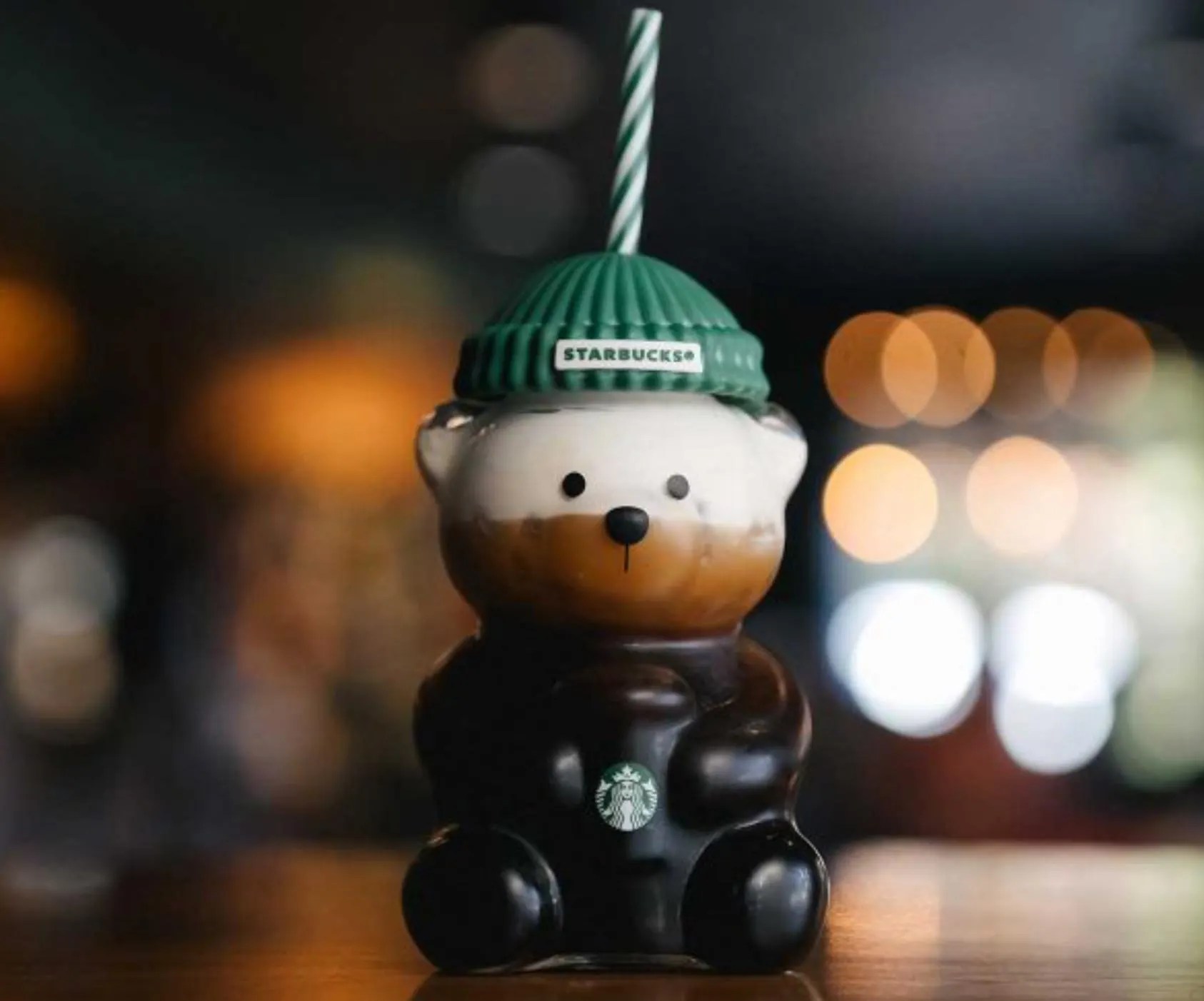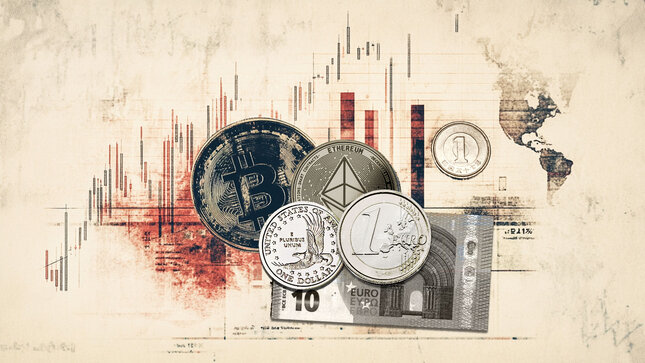By the time the doors opened on November 6, the Starbucks ‘Bearista’ Cup had already accumulated millions of views across social platforms. A 20-ounce bear-shaped iced coffee cup—whimsical, seasonal, photogenic—should have been an uncomplicated win. Instead, it became a cultural pressure test for a brand in the midst of a significant course correction.
### The Cup That Became a Cultural Weather Vane
The ‘Bearista’ Cup sold out almost immediately. Starbucks had shipped “more Bearista cups to coffeehouses than almost any other merchandise item this holiday season,” according to its statement to *People* magazine. Yet, the supply wasn’t enough.
The apology followed quickly: “We understand many customers were excited about the Bearista cup and apologize for the disappointment this may have caused.”
For a brand with nearly 38 million active Starbucks Rewards members in the U.S. and a global footprint of over 38,000 stores, disappointment is not a small word.
In consumer psychology, disappointment is rarely about the object itself. It is about the perceived breach in the emotional contract.
### A Brand Trying to Rebuild Trust Meets a Consumer Base That Has Become Less Forgiving
Only weeks before this sell-out storm surrounding the bear cup, Starbucks CEO Brian Niccol delivered an unusually transparent update to employees. The company would close some U.S. and Canadian stores, resulting in about a 1% decline in company-operated locations in FY2025, because certain sites could no longer deliver the environment customers expect.
But the closures were only part of the story. Starbucks promised:
– 1,000 store “uplifts” focused on warmth, texture, and layered design
– More partner hours at high-volume times, which already correlated with better service times and higher transactions
– A restoration of what Starbucks internally calls “the elevated Starbucks experience”
All of this is meant to recapture a relationship that has softened in the years following the pandemic, operational strain, and intense competition from boutique chains and drive-thru specialists.
Starbucks is, in its own words, trying to become “better, stronger, and more resilient” by placing resources “closest to the customer.”
This is where the ‘Bearista’ Cup becomes more than merchandise. At a moment when Starbucks is telling its customers a story about renewed care and hospitality, a viral product that evaporates within hours may well send out a contradictory signal.
### The Emotional Economics of Scarcity
Across markets, sell-out products have become a defining feature of modern retail. But scarcity today lands differently than it did five years ago.
In the case of the ‘Bearista’ Cup, frustration began circulating before noon. On Starbucks’ own promotional posts, one consumer summarized the sentiment:
“I find it disappointing a big company like Starbucks would release a collection that clearly generates hype and inevitably frustration.”
On Reddit, the tone was resigned rather than angry: “We don’t get a fair chance anymore,” one user wrote beneath a thread titled *RIP Bear Cup.*
This emotional fatigue speaks to a pattern unfolding across consumer categories.
Take the LoveShackFancy x Stanley collaboration in 2024. The collection sold out instantly, triggered resale prices exceeding $300, but some fans felt saddened at missing out and unprotected from the secondary market.
With a 2025 Holiday collaboration on the way between both brands featuring a more extended collection, it certainly demonstrates just how successful these events are for brands.
Similar dynamics have played out in Disney Parks merchandise drops, where items disappear in minutes and reappear on resale platforms at many multiples of retail price.
Across these examples, the tension is the same: Consumers no longer read sell-outs as cultural success. They often read them as poor planning or, worse, manufactured exclusion.
In consumer psychology terms, scarcity is only effective when it feels fair. When it doesn’t, it becomes an irritant.
### Why This Cup Matters More Than Its Price Tag
The ‘Bearista’ Cup retails for under $20, yet it has sparked a conversation that sits at the center of Starbucks’ long-term challenge: emotional loyalty.
Starbucks does not focus its sell on just coffee; it sells ritual. It sells belonging. It sells the small daily moment that anchors a chaotic morning.
A brand that trades in emotional consistency must handle excitement carefully. When customers feel shut out of something marketed as a communal event, a seasonal celebration, a holiday moment, the emotional friction carries more weight than the cost of the product suggests.
This is not an existential failure for Starbucks, but it is a reminder that consumers today operate with heightened sensitivity to fairness, access, and care.
When the Starbucks CEO speaks publicly about creating “a seat for every occasion,” it becomes more noticeable when scarcity appears to undermine that philosophy.
### A Masterclass or a Misstep?
This moment is neither the triumph of a perfect viral campaign nor the disaster some social commentary suggested.
For Starbucks, it offers lessons that align closely with its broader turnaround:
– Excitement must be matched with access, or the emotional tone collapses.
– Consumers increasingly expect brands to forecast hype accurately, especially at Starbucks’ scale.
– Transparency, as shown through the CEO’s recent communication, must be mirrored in product strategy as well.
The ‘Bearista’ Cup is a small object with disproportionate meaning. It reveals that consumers crave joy, but they also crave fairness.
It shows that sell-outs must be handled with emotional intelligence rather than operational logic.
And it underscores that, for a brand trying to return to the center of customers’ lives, even the smallest disappointment can cast a longer-than-expected shadow.
Starbucks says more holiday merchandise is on the way. The question now is whether the next drop brings warmth or another wave of cold frustration.
In a marketplace where trust has become a fragile currency, the outcome will matter more than the cup itself.
https://bitcoinethereumnews.com/finance/how-a-holiday-collectible-became-a-test-of-modern-loyalty/


